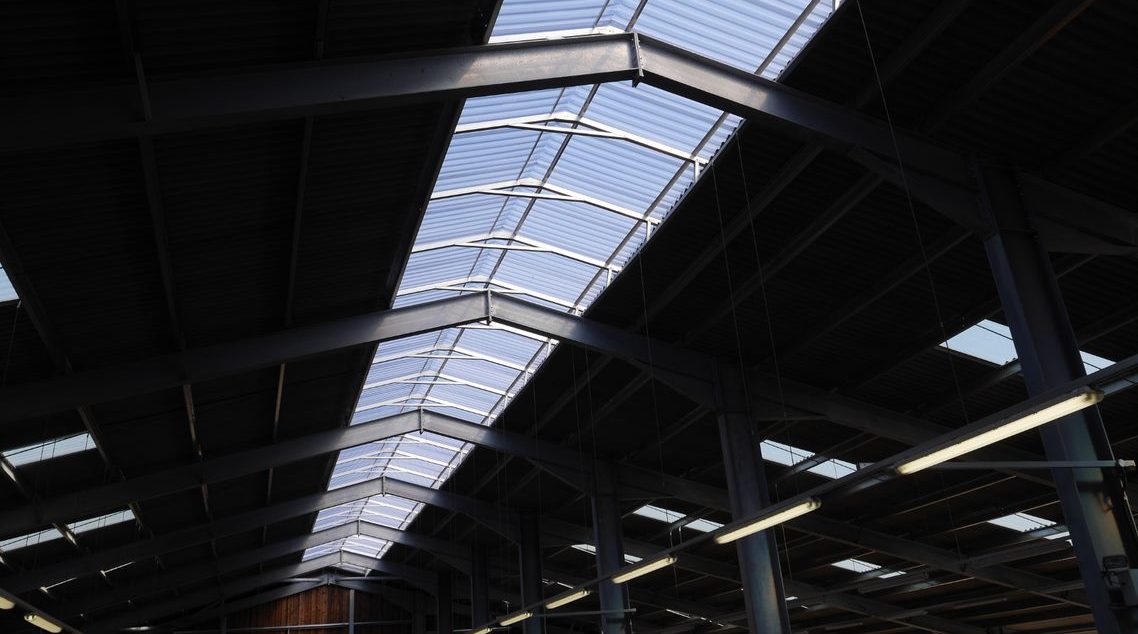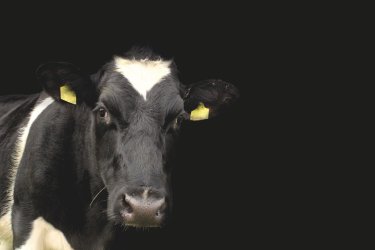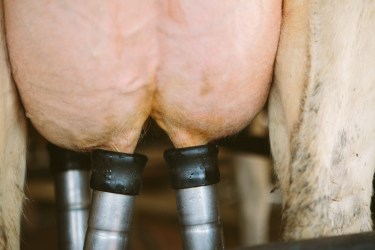By Paul Henman
On a daily basis, a dairy cow will release up to 22 litres of water vapour and 14,400 watts of excess heat. To put this into perspective it is the same amount of heat you’d get from a small panel or electric fan heater. Removing this heat and keeping animals cool is a major challenge.
The perfect shed prevents high humidity in winter and high temperatures in summer which, from a design perspective is challenging. Even more so as the range in temperature between winter lows and summer highs gets wider.
The aim of good ventilation is to remove excess heat and water vapour and replace it with cooler air from outside. This process of gas exchange also prevents the concentration of ammonia (NH4) and hydrogen sulphide (H2S) from reaching levels that depress the animal’s immune system. As well as depressing the production of your herd, poor ventilation can also put you and your employee’s health at risk.
Making the effort to understand how air moves around in your sheds is time well spent. For ventilation to work a building needs both inlets and outlets in the correct ratio. Warm air will rise through the outlets along the ridge of a building drawing in cooler air through the sides.
Providing more outlets if you have no inlets will have minimal impact; and equally, providing more inlets where outlets are insufficient will have limited effect. As a rule of thumb you need 0.1M2 outlet ventilation per cow which means a 200 cow shed will need a total 20M2 to exhaust the stale air. Ideally inlet ventilation should be a minimum of two times outlet ventilation.
Natural ventilation is the lowest cost ventilation to be addressed first. There are some very simple, and relatively inexpensive improvements you can make to ensure better air flows:
5 ways to maximise natural ventilation
- Provide more ventilation at the side of your building. Remove tin sheets and trim vegetation away from existing space boarding.
- Consider curtain sides for your buildings. This can increase air flow in the summer months without making it excessive in winter months.
- Provide more outlets in the ridge. This can be done by creating a wider open ventilated ridge or by leaving spaces or making slots between roof sheets.
- Open end walls in the summer especially if they face the prevailing breeze.
- Let off smoke bombs to make sure airflows are uniform. Stale air can sit in pockets of the building and moist air can condense bringing more moisture into the building that makes bedding a breeding ground for bacteria.
There is a lot of complicated maths involved in getting ventilation right and specialist advice is recommended if you aren’t satisfied with the performance of your ventilation systems. If none of these solutions provide adequate or practical ways to improve the airflow in animal housing naturally, it may be time to consider more expensive options including fans and automated openings.








